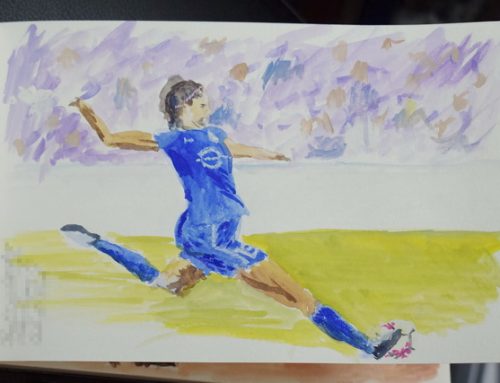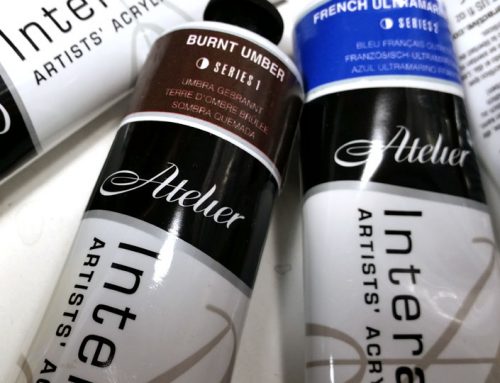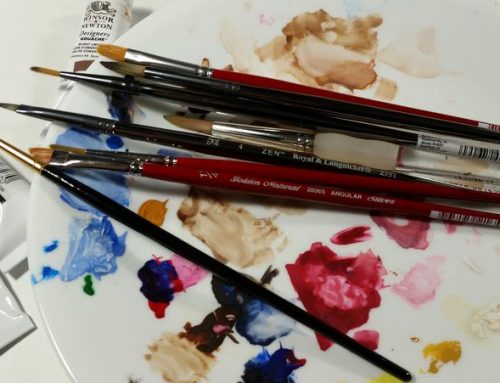Airbrushes are famous for allowing you to paint with just about any paint, ink, dye, or whatever provided you can thin it down enough to shoot. The other half of this equation is that you need a support to apply the paint on that suits your needs. While I have my preferred support for fine art (various boards — or rather, “bords” — from Ampersand), a stickier situation arises when considering supports for practice. Finding a balance between quality and economy can be tricky.
For practice, I had used Crescent 9208 illustration board. While not my favorite surface (I much prefer gessoboard), it had the durability I liked at a price that made it suitable for refining technique. Unfortunately, as of a few years ago, it is no longer made; neither is Canson CS-10, arguably the best illustration board ever for airbrushing.
I now find myself in that terrible nether-world of testing supports. One of my criteria is that they not be terribly “exotic”. While I don’t insist that I can buy them locally, I do need to be able to get them at a reasonable price (including shipping) via the ‘net from more than one source. For the most part, this means that non-imported European and Japanese products aren’t even in the conversation.
Probably the top of my testing list is
Next is
I’m also considering some papers intended for oil and/or acrylic painting. These papers are typically coated with gesso, sizing, or some other substance to keep the paint on the surface instead of soaking into the support. I question the durability for erasing and scratching, but the surface itself seems closer to what I like.
Some may ask why I don’t simply gesso-up some watercolor paper on my own? Well…I might have to. I wouldn’t mind so much if it were for a finished piece, but for practice I’d like to see if I can go with off-the-shelf — it makes me more likely to take an extra practice step.
So, I’ll let y’all know what I decide on. Finding a support that gets close to simulating the performance of one of the Ampersand boards would be outstanding. If it were also archival, so much the better (in case of happy accidents) but not strictly necessary. Shoot, if it’s economical enough, I might even use it as a test support…but what are the odds of that? A good practice support will be good enough.






